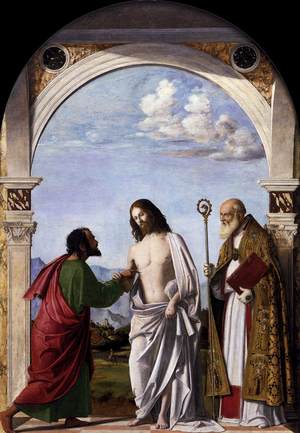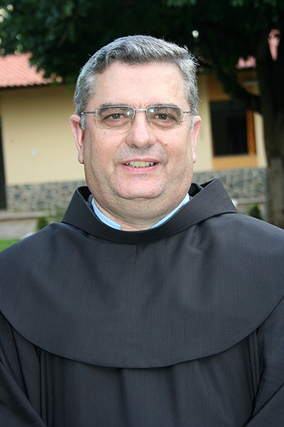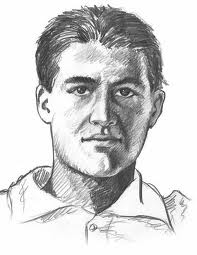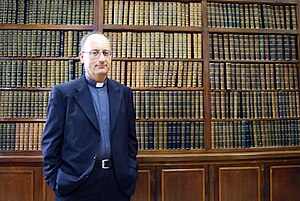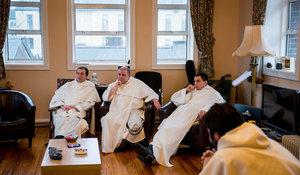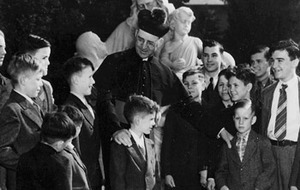 Servant of God Father Edward Flanagan (1886-1948) was a native of County Roscommon, Ireland, on July 13, 1886 he was born the 8th of 11 children of John and Nora Flanagan. In 1904, he came to the United States. Flanagan first studied for the priesthood at Dunwoodie Seminary with the intention of being a priest of the Archdiocese of New York; illness prevented his further studies and he eventually moved with his family to Omaha. There he was accepted as a seminarian and sent to Rome’s Capranica College, with classes at the Gregorian University but finished his studies in Innsbruck’s Royal Imperial Leopold Francis University. Flanagan’s ordination to the priesthood happened on July 26, 1912 and he offered his first Mass in St. Ignatius Church, Innsbruck, Austria. He was a priest for the Diocese of Omaha. Father Flanagan was assigned Saint Patrick’s Church, O’Neill, NE. In March 1913, he was appointed Assistant Pastor to Saint Patrick Catholic Church in Omaha. His natural qualities of generosity to the poor and marginalized and prayer were made manifest.
Servant of God Father Edward Flanagan (1886-1948) was a native of County Roscommon, Ireland, on July 13, 1886 he was born the 8th of 11 children of John and Nora Flanagan. In 1904, he came to the United States. Flanagan first studied for the priesthood at Dunwoodie Seminary with the intention of being a priest of the Archdiocese of New York; illness prevented his further studies and he eventually moved with his family to Omaha. There he was accepted as a seminarian and sent to Rome’s Capranica College, with classes at the Gregorian University but finished his studies in Innsbruck’s Royal Imperial Leopold Francis University. Flanagan’s ordination to the priesthood happened on July 26, 1912 and he offered his first Mass in St. Ignatius Church, Innsbruck, Austria. He was a priest for the Diocese of Omaha. Father Flanagan was assigned Saint Patrick’s Church, O’Neill, NE. In March 1913, he was appointed Assistant Pastor to Saint Patrick Catholic Church in Omaha. His natural qualities of generosity to the poor and marginalized and prayer were made manifest.
With the permission of Bishop Jeremiah Harty, on December 12, 1917, Father Flanagan opened his first Boys’ Home in a run-down Victorian mansion in downtown Omaha. In his lifetime Father Flanagan helped more than 6,000 boys. During a tour of Europe, he fell ill and died of a heart attack in Berlin, Germany, on May 15, 1948. At the request of the Father Flanagan League Society of Devotion (FFLSD), Archbishop George Lucas, of the Archdiocese of Omaha has accepted responsibility for the beatification process. On March 17, 2012, Lucas formally opened the cause of canonization at a service of prayer at Immaculate Conception Church (Boys Town), bestowing the title of “Servant of God” upon Father Flanagan. Dr. Andrei Ambrosi is the Postulator for the cause.
More information may be read here.
